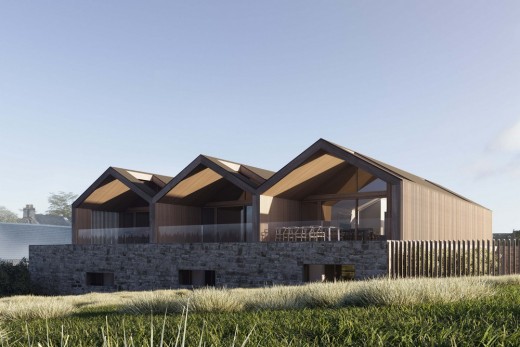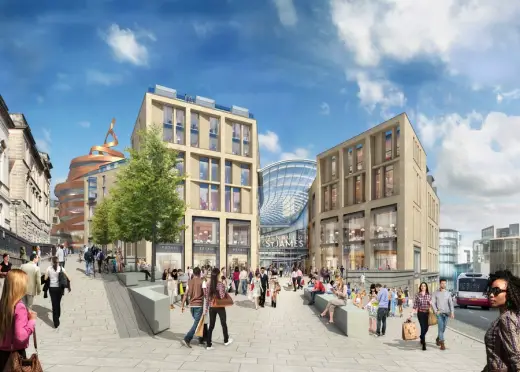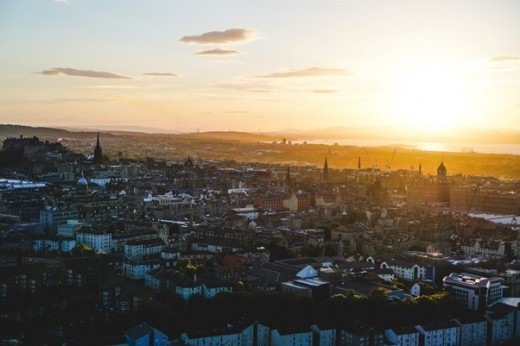Amazing architectural buildings of Edinburgh guide, Property Advice, Tips
Amazing Architectural Buildings of Edinburgh, Scotland
16 Feb 2021
The city of Edinburgh has existed since the 7th century. In 1437, it became the capital of Scotland. Local architecture is fascinating. Almost every building here is a construction masterpiece.
Here below, you’ll find the list of the most exciting constructions in Edinburgh. Each of them might serve as the original topic of your history essay, by the way. In case you’ve got that assignment, but doubts don’t allow you to finish it on your own, there is a way out. Check essayservice.com reviews, and then ask real pros for online assistance with essays or any other academic papers.
Now, let’s get back to the architectural chef-d-oeuvres of Edinburgh. But be careful. You risk beginning planning your visit to the capital city of Scotland after reading the article, no matter how far you are from it at the moment.
Amazing Architectural Buildings of Edinburgh guide
Edinburgh Castle
Edinburgh Castle is probably the main tourism site of the city. More than 1 million people visit this historical and architectural center per year.
Located on top of Castle Rock, the fortress is the dominating height over the entire city. Three sides of the Rock (from the north, west, and south) fall down as cliff breaks, and the only way to reach the Castle is the eastern slope. Scientists found out that the neighborhood has been inhabited since the Iron Age (2nd century). A royal castle appeared in the 11th/12th century or even earlier.
Inside the Castle, there are three yards interconnected with gates. Here, one can find the Well House Tower, the National War Museum, St. Margaret’s Chapel, and the famous Medieval bombard called Mons Meg.
University of Edinburgh
The University of Edinburgh, founded in 1583, is a world center of education and research activities. Many buildings of the Old Town belong to the University or are connected to it in this or that way. The Old College building constructed back in the late 18th century is a great Gregorian architecture example. The New College is of the Gothic style. The McEwan Hall is worth noting as well. It’s an example of the Italian Renaissance style.
Holyrood Palace
The Holyrood Palace is the official residence of British monarchs in Scotland. It is situated in the Old Town of Edinburgh as well, and the Royal Mile street site connects it with the Edinburgh Castle described above.
The halls of the Palace have decorations of alabaster mouldings, tapestries, and Dutch and Italian frescoes. The Great Gallery connecting former apartments of monarchs has portraits of 110 Scottish Kings. The Golden Age painter Jacob de Wet II’s portrait series includes that of a legendary king Fergus I, whose reign dates back to 330 BC.
Royal Mile
The Royal Mile is the name of some central streets in Edinburgh. The length of an ancient lane connecting the Holyrood Palace and the Edinburgh Castle is actually about a mile.
The Royal Mile starts on the Castle Esplanade. The Mile’s end obviously is at the Holyrood Palace.
No street is officially called The Royal Mile, though. The real names of streets full of historical and architectural masterpieces are Abbey Strand, Canongate, Lawnmarket, and Castlehill.
St Giles’ Cathedral
The St. Giles’ Cathedral is in the city centre. This “cathedral” has no bishop’s pulpit in it, so it’s rather an “honorable” cathedral. The building was named after Saint Giles, who is the patron saint of the city of Edinburgh.
According to the historical documents preserved till our days, the Christian church has been existing in Edinburgh at least since 854. The oldest part of the Cathedral’s building (four massive columns) dates back to the year 1124, although that fact is not yet confirmed.
What historians know for sure is that the church which used to stand in place of the Cathedral burned down in the year 1385. After that, the church was rebuilt. And that’s how it stayed till our days: most of the interior elements of the cathedral date back to the 14th century. Nowadays, the Cathedral looks asymmetrical and bizarre: multiple side buildings and rooms were constructed around the church throughout centuries.
Gladstone’s Land
Gladstone’s Land is a 17th-century house located in the city centre. The building was constructed in 1550, but the rich Edinburgh merchant Thomas Gladstone bought it in 1617 and then rebuilt it.
At that time, the city territory was limited to the city walls. There was not enough room to construct new buildings, so the dwellings were mostly multistory (actually called “lands”). Gladstone’s Land has six stores.
The building was almost demolished in 1934, but the National Trust for Scotland bought it to preserve and restore. Nowadays, every visitor can see how people of Edinburgh used to live their lives in the 17th century: with open hearths, no space, and the total water deficit.
Scottish Capital City Architecture – Conclusion
These were only some of the buildings representing Edinburgh’s history and fascinating architecture. The capital city of Scotland is worth visiting because of many reasons, and the masterpieces of architects of the past definitely are among them.
Comments on this guide to Amazing architectural buildings of Edinburgh article are welcome.
Edinburgh Architecture
Liberton Brae Townhouses
Design: LBA Architects

image courtesy of architects
Liberton Brae Townhouses
St James Quarter Edinburgh

image of the development
St James Quarter
Comments / photos for the Amazing architectural buildings of Edinburgh Advice page welcome

